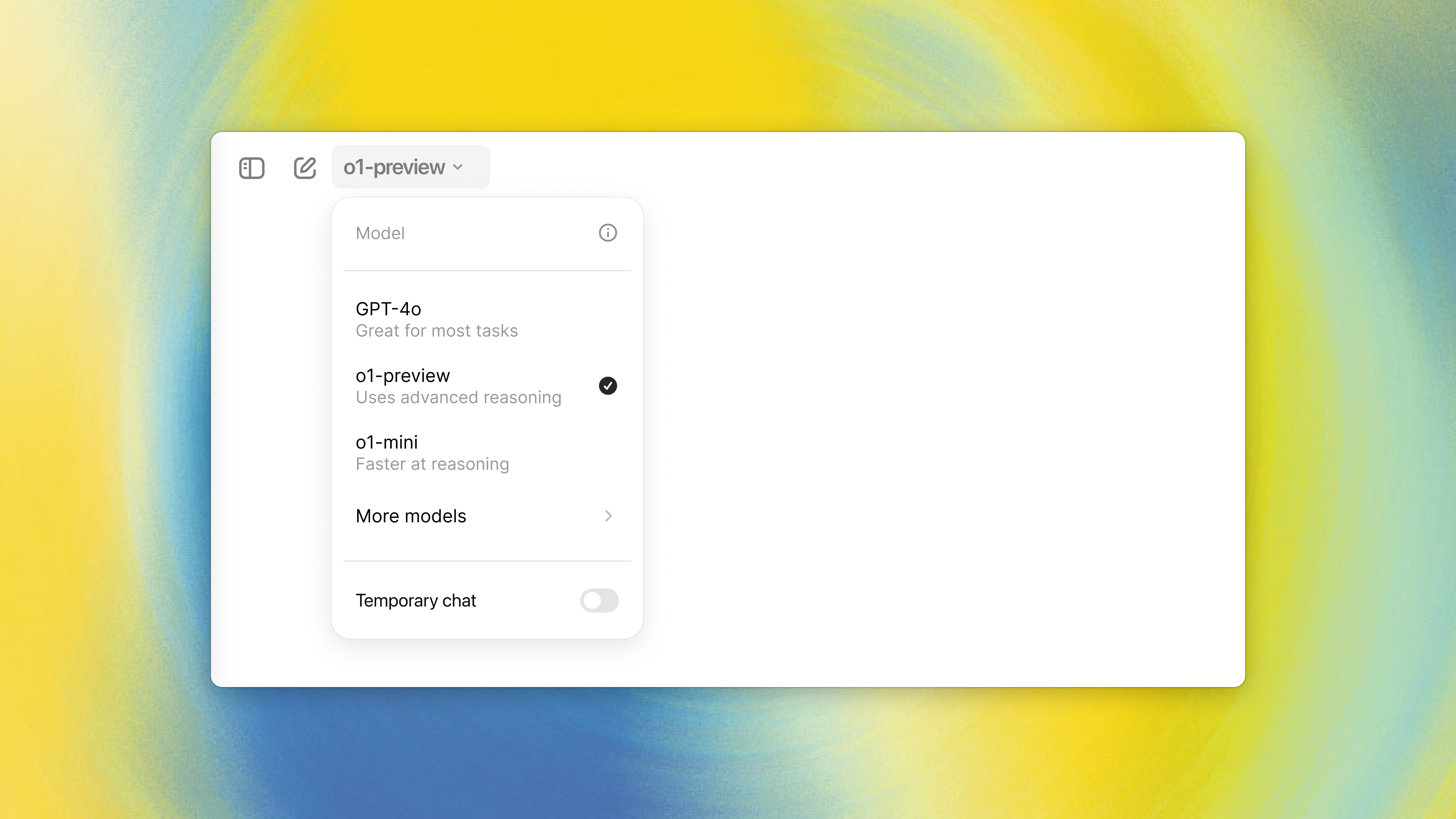The Core of OpenAI o1

Introducing OpenAI o1: A New Frontier in AI Reasoning
In the rapidly evolving world of artificial intelligence, OpenAI has taken yet another bold step forward with the introduction of its latest series: OpenAI o1. Released on September 12, 2024, this new model series is designed to handle complex reasoning tasks with a level of precision and depth previously unseen. With its enhanced capabilities in solving hard problems in science, coding, and math, OpenAI o1 represents a major advancement in the way AI tackles real-world challenges.

The Core of OpenAI o1
At the heart of OpenAI o1 is a unique approach: spending more time thinking before generating a response. Modeled after human reasoning, these AI models focus on refining their problem-solving techniques, testing various strategies, and recognizing errors during the process. This makes the model particularly adept at handling tasks requiring deep thought, such as advanced mathematics, coding, and scientific challenges.
For instance, in testing, OpenAI’s next model update performs on par with PhD students in fields like physics, chemistry, and biology. In a qualifying exam for the International Mathematics Olympiad (IMO), the older GPT-4 model only solved 13% of the problems correctly, while the OpenAI o1 reasoning model scored an impressive 83%. The coding skills of this model have also been evaluated, with results placing it in the 89th percentile in Codeforces competitions, showcasing its prowess in complex programming environments.
Safety: A Top Priority
A significant feature of OpenAI o1 is its strong emphasis on safety. Unlike previous models, o1-preview is trained to apply its reasoning abilities to adhere to safety guidelines and ethical standards more effectively. This model excels in safety tests, significantly outperforming its predecessors. For example, in one of OpenAI's most difficult jailbreaking tests, the GPT-4o model scored 22, while the new o1-preview model achieved an 84 out of 100. This leap in safety performance is crucial for ensuring that AI aligns with human values and operates within ethical boundaries.
In conjunction with the model release, OpenAI has strengthened its safety protocols by partnering with U.S. and U.K. AI Safety Institutes. These partnerships will grant the institutes early access to research versions of the model, helping to establish frameworks for evaluation and risk management.
Who Should Use OpenAI o1?
The o1 series is tailored for professionals dealing with complex, multi-step problems in fields such as science, coding, and mathematics. Healthcare researchers, for example, can use it for annotating cell sequencing data, while physicists can generate complicated formulas for quantum optics. Developers in all fields will benefit from its ability to build and execute intricate workflows efficiently.
To offer more flexibility, OpenAI is also introducing a smaller, more cost-effective variant: OpenAI o1-mini. This model is optimized for coding tasks, offering 80% savings over the o1-preview model. While it may not have the broad world knowledge of its larger counterpart, o1-mini excels in debugging and accurately generating code, making it a highly efficient tool for developers.
How to Access OpenAI o1
Starting today, ChatGPT Plus and Team users can manually select the o1-preview and o1-mini models in the ChatGPT model picker. At launch, there are weekly rate limits of 30 messages for o1-preview and 50 for o1-mini. For enterprise and educational users, both models will be available starting next week.
For developers, OpenAI offers API access to these models, beginning with a rate limit of 20 requests per minute (RPM) for those on Tier 5. The API currently lacks some advanced features, such as function calling and streaming, but OpenAI plans to expand these functionalities after further testing.
Looking Ahead
The release of OpenAI o1 is just the beginning. In the coming months, OpenAI plans to introduce features like browsing, file uploading, and image processing to enhance the model’s utility across different industries. Meanwhile, the GPT series will continue to evolve alongside the o1 series, ensuring that both lines of models remain at the cutting edge of AI development.
Whether you're a scientist, developer, or researcher, OpenAI o1 marks a new era of AI capabilities, providing the reasoning power needed to tackle the most challenging problems.
Try OpenAI o1 Today!
Explore the future of AI with OpenAI o1, available now through ChatGPT and API access. Get ready to revolutionize the way you solve complex problems.
To get API Access contact : Kerdos AI